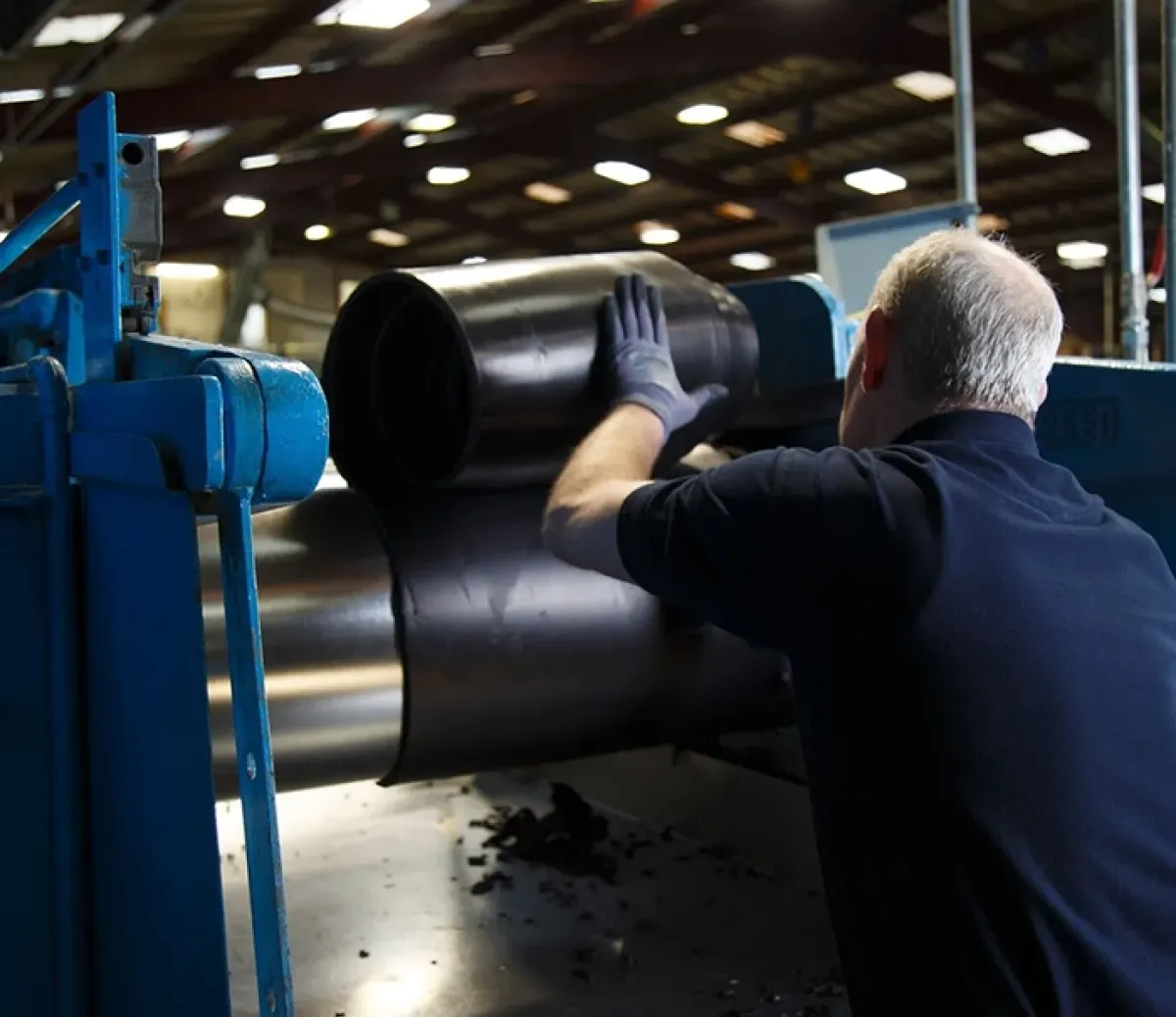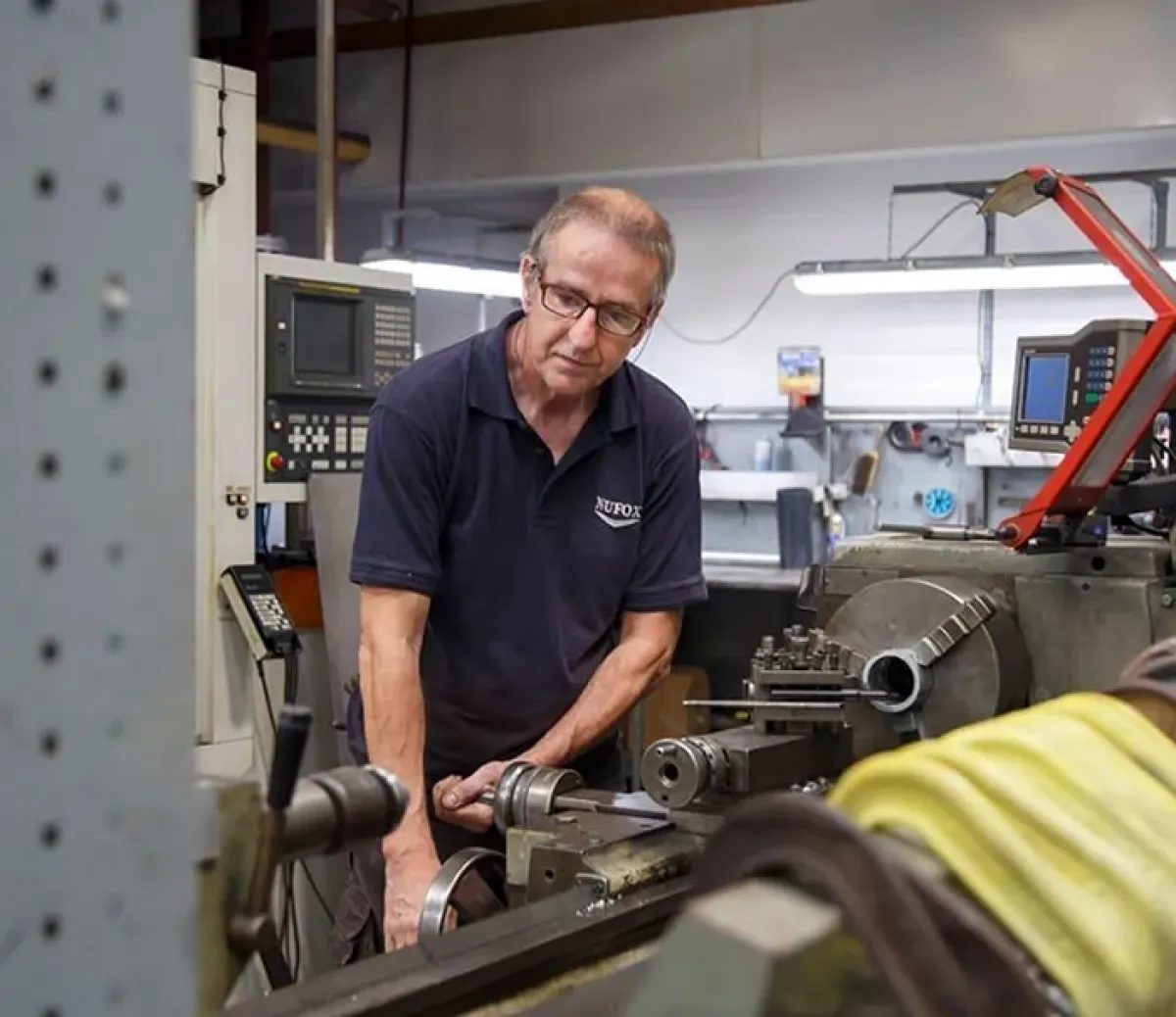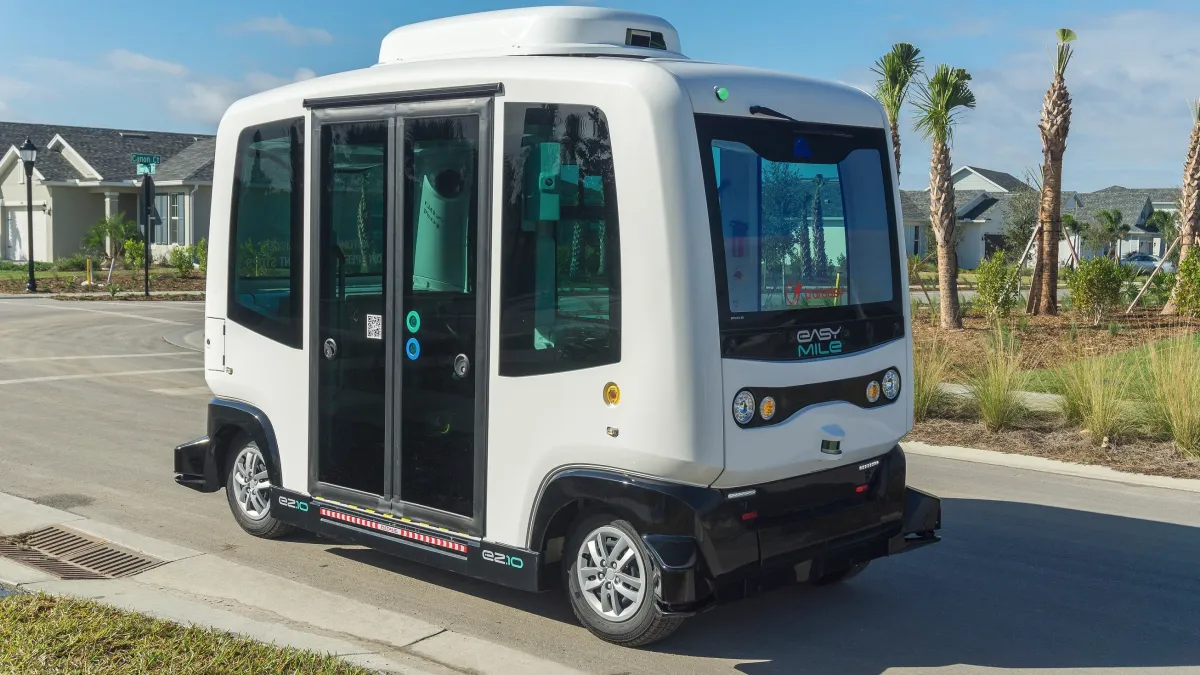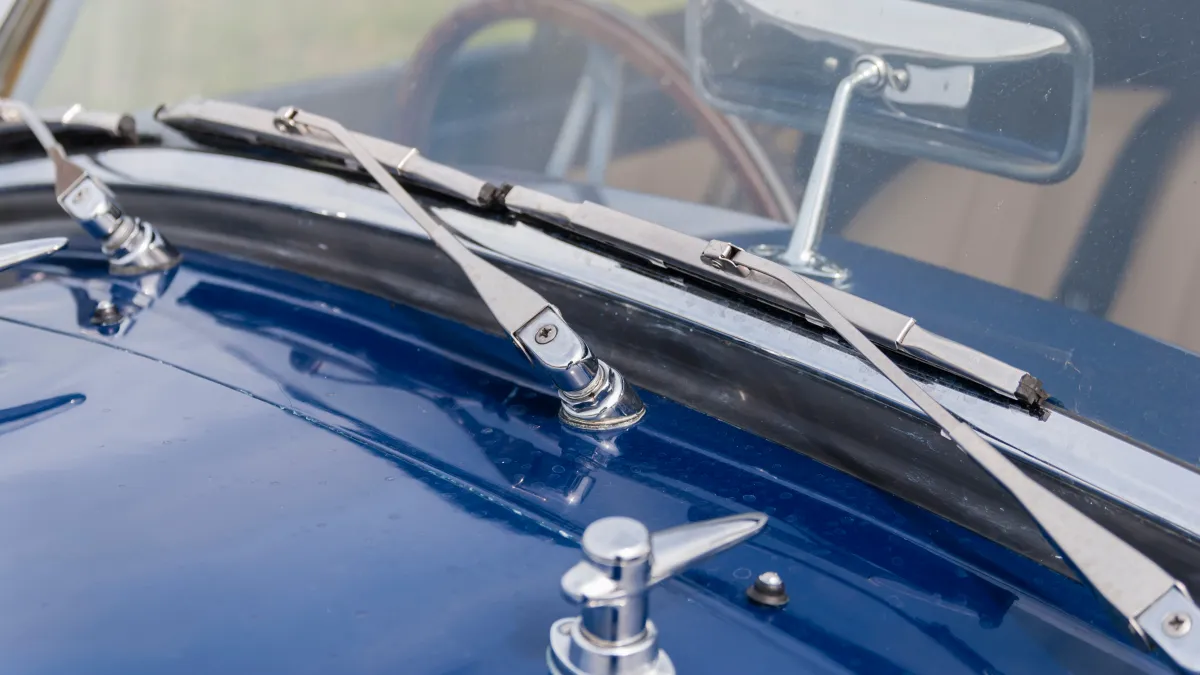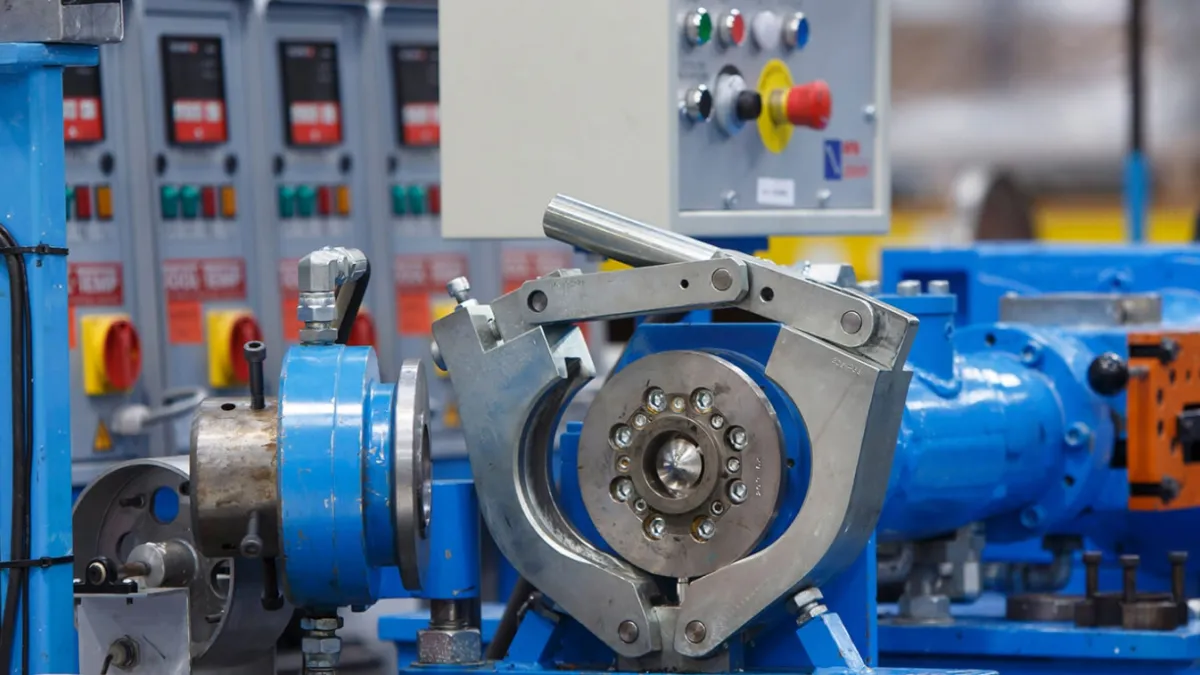By using this website, you agree to our Privacy Policy
×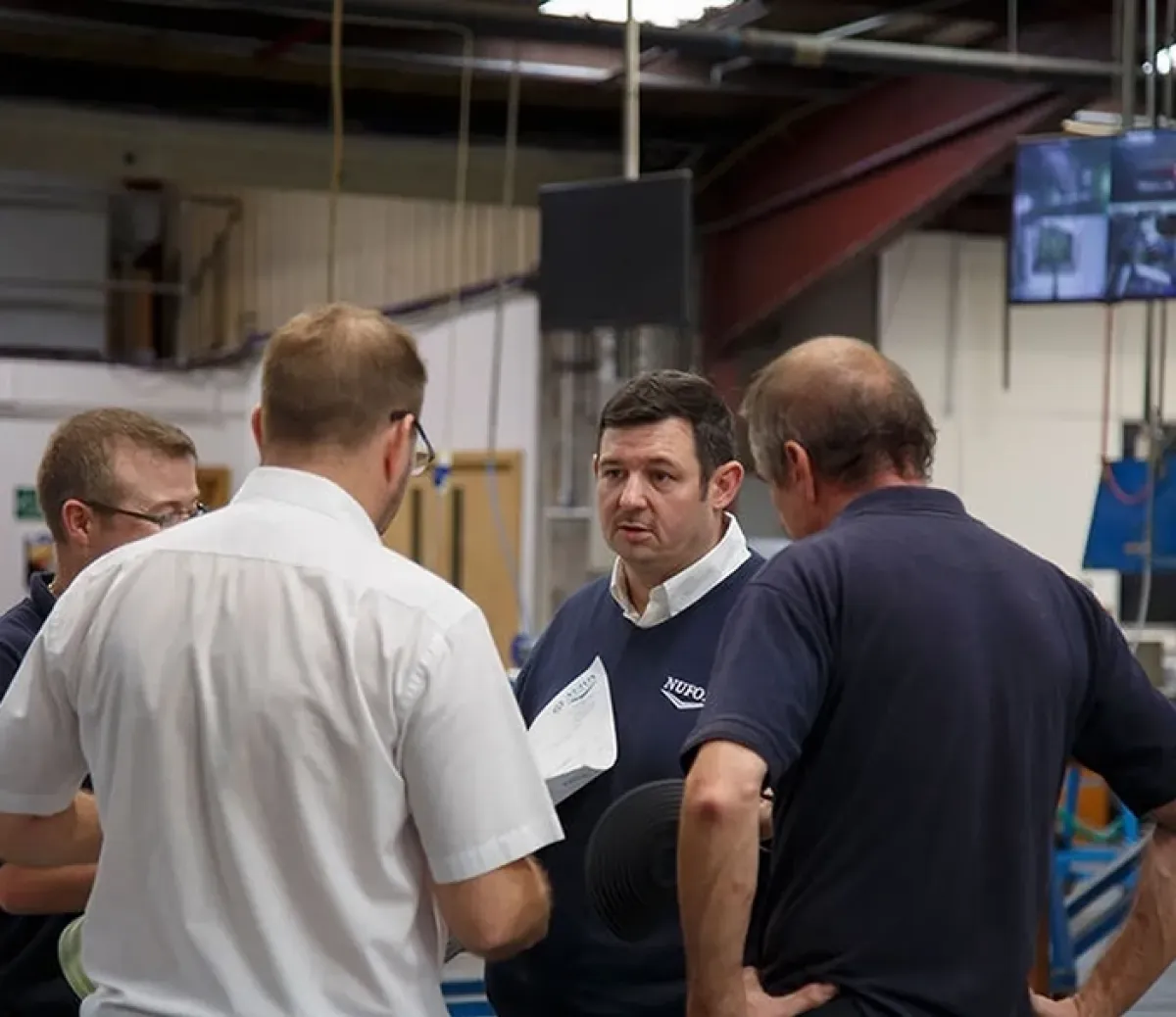
Windscreen Rubber Extrusions: Enhancing Vehicle Safety
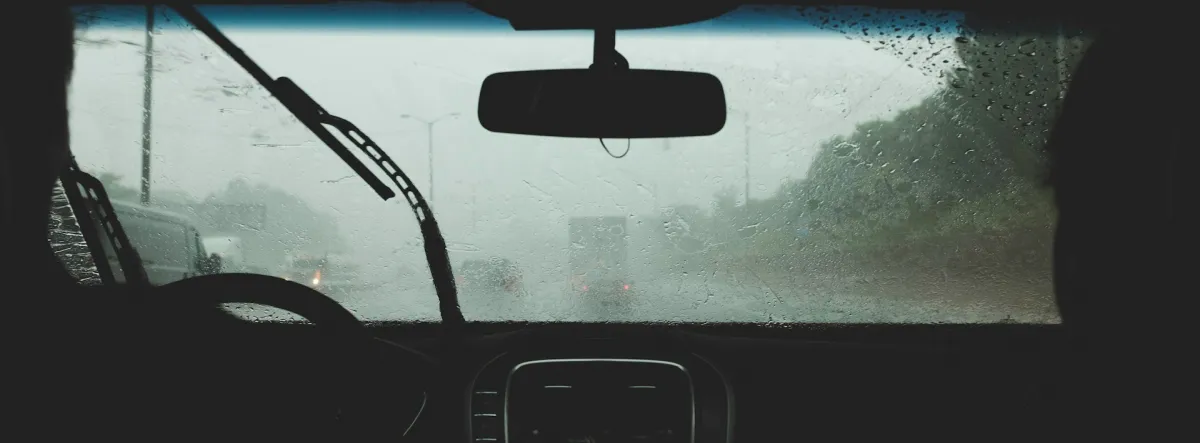
The integrity of any vehicle relies on all its components doing their jobs, no matter how small or simple. Windscreen seals are one such small and simply designed part that provides an ingenious benefit, keeping the vehicle in safe working condition. A windshield seal, or gasket, is a rubber strip securing the windscreen, preventing water, air, and debris from entering the vehicle while ensuring a snug, weather-resistant fit. Proper maintenance of the windshield and seal is essential for clear visibility and a protective barrier—crucial for the driver’s safety.
When manufacturing windscreen seals, only one material comes out on top: rubber, specifically extruded rubber. Rubber extrusion is a process made for windscreen seals. In this article, we explain.
The Role of Windscreen Rubber Extrusions
Installed between the windscreen and vehicle body, these extrusions provide a weatherproof seal, insulating the cabin from rain, snow, and external noise and bolstering the windscreen’s structural stability. The evolution of rubber extrusions in automotive applications has focused on improving durability, noise reduction, and, critically, passenger safety.
Early rubber seals have transformed with modern materials like EPDM and silicone to withstand UV, temperature extremes, and environmental stress. For passenger vehicles, quality windscreen seals contribute to the stability needed for airbag deployment. Beyond cars, windscreen seals are essential for boats, aeroplanes, and types of heavy machinery like tractors and excavators, with material selection tailored to meet the specific demands of each vehicle type and usage environment.
Key uses of a rubber windscreen seal:
Weatherproofing the vehicle from rain, snow, and debris
Minimising the noise of the road and other external elements
Supporting the structural integrity of the windscreen
Protecting the windshield component by absorbing and reducing vibrations by way of vibration-dampening
Cars are not the only vehicles that have rubber windscreens; they’re also needed in boats, aeroplanes, and types of heavy machinery like tractors and excavators.
Rubber in Windscreen Seal Manufacture
Rubber is a popular material for the manufacture of windscreen seals, thanks to its resilience to the varying elements in vehicle climates. Rubber’s high elasticity helps it conform to the shape of the windscreen, assists with installation, and absorbs vibration and noise.
Let’s take a look at the qualities and properties of different types of automotive rubber seals for windscreens.
Silicone
Resistance to extreme temperatures and UV radiation
Ensures a long lifespan and reduces the need for frequent replacement
Easily conforms to the windscreen shape to provide a tight seal and stress-free installation
Recyclable, reusable, and highly durable
Silicone rubber extrusions are ideal for more extreme, harsh weather conditions.
Silicone is renowned for its high-temperature resilience, withstanding up to 315°C (600°F), making it an ideal choice for vehicles in extreme climates. Its durability against UV radiation prevents cracking, for a longer lifespan. Silicone’s elasticity provides a tight seal, reducing water leaks and noise while being eco-friendly due to its recyclability. This makes it suited to applications in both high-temperature automotive environments and demanding industrial uses.
EPDM (Ethylene Propylene Diene Monomer)
Good resistance to weathering and UV radiation in a range of climates
Generally more affordable than silicone
Recyclable and performs well in harsh weather conditions
Can become brittle and stiff over time
EPDM offers excellent resistance to UV radiation and weathering, making it suitable for varied climates. Although more affordable than silicone, it is slightly less durable in extreme heat. EPDM remains flexible in cold conditions but may stiffen over time, particularly in high-temperature areas. It is also recyclable, adding an eco-friendly aspect to its performance.
Nitrile Rubber
Highly resistant to chemicals and oils, making it ideal for industrial use
Known for its resistance to extreme temperatures
Durable and flexible
Good resistance to abrasion, heat, and water
Nitrile rubber excels in industrial applications due to its high resistance to oils, chemicals, and temperatures up to 176°C (350°F). This material is optimal for vehicles exposed to industrial contaminants, such as heavy machinery or transport trucks.
Neoprene
Highly resistant to UV radiation, ozone, and weathering, making it ideal for marine environments
Good durability and flexibility in all climates
Highly resistant to hot and cold temperatures compared with nitrile rubber
Neoprene provides superior resistance to weathering, UV radiation, and ozone, making it highly suited to marine vehicles or coastal environments. Its strong flexibility and resistance to both hot and cold temperatures make it well-suited to vehicles that experience a range of weather conditions, ensuring durability against saltwater and sunlight.
Benefits of Quality Windscreen Rubber Extrusions
Carefully selecting the best type of material for a windscreen seal depends on its application and the specific environmental conditions it will face. Each material—rubber, PVC, silicone, EPDM, nitrile, neoprene, and even foam—has unique advantages suited to different automotive needs. Silicone and EPDM are ideal for extreme temperatures, with silicone excelling in high-temperature climates due to its durability, heat resistance, and eco-friendly benefits. EPDM offers a more budget-friendly option with solid weather resistance, though it may have a shorter lifespan.
Nitrile and neoprene, on the other hand, are chosen for specific environments. Nitrile’s high resistance to oils and chemicals makes it ideal for industrial applications where exposure to these substances is common, such as in heavy machinery. Neoprene is better suited to marine vehicles
For lighter applications, foam seals are sometimes used. Foam is a lightweight, porous material with good insulation properties, making it suitable for electric vehicles or as a secondary seal in classic cars to maintain design integrity. However, foam is less durable and may need more frequent replacement in high-stress conditions. PVC (Polyvinyl Chloride) is another alternative known for its low maintenance and durability. Resistant to weathering, oils, grease, and petrol, PVC is commonly used in cars, lorries, and buses where rubber may not be ideal. Lightweight and easy to shape, it’s a popular, cost-effective option for vehicles exposed to varying environmental stresses.
A Closer Look at Temperature Impact
Temperature fluctuations significantly impact rubber seals' chemical structure and functional longevity, which are vital for windscreen integrity. Rubber’s elasticity depends on molecular bonds that vary in strength and flexibility, and thermal exposure gradually breaks down these bonds, especially under high temperatures and pressure. Each type of rubber has a specific operational range, beyond which the material’s properties degrade, resulting in brittleness, reduced elasticity, and, ultimately, failure to maintain a secure seal. High temperatures accelerate bond breakage, causing rubber to lose flexibility, while extreme cold increases rigidity, compromising its ability to provide a secure fit.
To withstand these stresses, specific rubber materials are selected based on their thermal endurance to withstand these stresses. Silicone, with a tolerance range of up to 315°C (600°F), resists UV radiation and remains flexible in high-temperature applications, making it ideal for applications such as nuclear plants or heat exchangers. With slightly lower heat resistance, EPDM functions well across varied climates, resisting both UV and chemical exposure, though it may stiffen over time. Nitrile rubber, highly resistant to oils and chemicals, is favoured in industrial applications up to 176°C (350°F), while Viton, noted for its thermal stability and chemical resilience, is commonly used in high-temperature automotive applications like oil seals and water pumps.
Installation Tips for Windscreen Rubber Extrusions
Installing rubber windscreen extrusions correctly ensures the longevity of both the seals and the vehicle.
Top Tips
Accurate sizing is essential for an effective seal. Measure the window and panel thickness carefully to find the correct profile that will fit snugly, ensuring optimal weatherproofing.
Always wear gloves and safety glasses when removing or installing seals to prevent injuries, especially when handling glass, which may unexpectedly break or chip.
Use a flathead screwdriver to carefully pry out the old filler strip, working around the seal to release it fully. This makes it easier to remove the existing window and clean the area.
Once the old seal is removed, clean any leftover residue or dust from the frame. This ensures the new seal will adhere properly and prevent leaks.
Rubber seals are easier to work with when warm. Soak them in hot water or leave them in the sun to increase their flexibility, making installation smoother.
Apply a small bead of silicone sealant around the frame recess before fitting the new rubber seal. This adds extra adhesion and helps secure the seal in place.
Use a glazing tool to fit the seal’s lip over the glass, working slowly to avoid stretching or damaging the rubber. A glazing tool helps achieve a precise fit.
Thread the filler strip into the seal's outer groove. Apply lubricant to help slide it into place, ensuring a secure, weatherproof finish around the entire window.
How to Install a Windscreen Seal
Tool/Supply | Purpose |
Glass cleaning solution | To thoroughly clean the windscreen and remove any oils. |
Lint-free cloth | For a spotless, residue-free finish on the windscreen. |
Hot water or a sunny spot | To warm the rubber seal, making it more flexible. |
Lubricant (e.g., KY Jelly or Simple Green cleaner) | Helps the seal slide smoothly into place. |
Waxed twine | To wrap around the seal groove, aiding in positioning over the metal lip. |
Tape | To secure the twine's ends on the windscreen's interior side. |
Reveal moulding (if required) | For additional edging detail before placing the windscreen. |
Additional set of hands (2–3 people recommended) | Essential for correct alignment and installation. |
Ensure the windscreen is completely clean and dry before installation, and ensure it is free of oils. It is recommended that you use a glass cleaning solution and a lint-free cloth.
Warm the rubber seal to increase its flexibility. You can do this by soaking it in hot water or laying it in the sun.
Apply a good lubricant to the seal, such as KY Jelly or Simple Green cleaner.
Physically installing the windscreen seal requires two or three people to work together. Start by installing the seal onto the windscreen to fit snuggly around the glass.
Wrap waxed twine around the windscreen seal in the outer groove, leaving 6” extra around each end to use as pull handles. It’s recommended to wrap the twine around twice. This will help get the rubber over the metal lip of the channel when installing the windscreen. Tape both ends of the twine to the glass to keep them out of the way and ensure the twine doesn’t fall out of the groove. Make sure these are taped on the interior side of the glass.
Sitting inside the vehicle, place the windscreen on your knees, with the inside part face-down. Let the windscreen sit in the sun for another 10–20 minutes to allow the seal to soften further.
Insert any kind of reveal moulding, if needed, before the glass is installed back into the vehicle.
Lubricate the outer groove of the seal.
One person inside the vehicle should push the glass into the frame. Start by ensuring the bottom of the windscreen is pushed down into the frame first.
At the same time, the other person should begin to slowly pull the twine out of the seal at a 90-degree angle to the glass. Keep going until the lip of the seal is completely pulled out over the metal edge.
Common Problems and Solutions
Problem | Details | Solution |
Misalignment and gaps | Misalignment of the windscreen, resulting in gaps, causing water and air leaks. | Use a 3M windshield glass sealant to fill gaps. Ensure bolts are properly aligned and tightened to eliminate gaps. Use masking tape to protect areas around the seal during application. |
Difficulty installing rubber seals | Rubber seals are challenging to install due to their density and stiffness. | Soften the seal with hot water or a heat gun to make it more pliable. Use silicone spray, lubricant, or soapy water to lubricate the seal. Tools like a rubber mallet and seal removal tool can aid in installation. |
Cracking and Degradation Over Time | Rubber seals can dry out, become brittle, and crack over time, leading to water leaks. | Regularly inspect and clean the seals to prevent dirt accumulation. Apply silicone-based lubricants to maintain flexibility. Replace seals as soon as signs of wear are evident. |
Ensuring a Proper Fit | Seals may not fit properly, causing water tightness and structural integrity issues. | Ensure that the replacement seal matches the vehicle's make and model specifications. Use lubricant to help fit the seal correctly and check for gaps or misalignment after installation. |
Water Leakage | Water leaking into the car due to a compromised seal. | Identify the source of the leak using a water test. Use flowable silicone sealant to fill small gaps and ensure a watertight seal. For larger issues, consider professional repair services. |
Wind Noise | Excessive wind noise indicating a poor seal. | Check for any gaps or misalignment. Apply additional sealant where necessary and ensure the seal is compressed correctly and in contact with the windshield. |
Temporary Fixes | Immediate need to stop leaks before professional repair can be done. | Use duct tape or temporary sealants as a short-term fix. To avoid long-term damage, ensure these are removed before permanent solutions are applied. |
Using the Right Tools | Inadequate tools leading to improper installation and potential damage. | Use a proper sealant gun, utility knife, and masking tape for clean application. Consider using a rope or cord method to pull the seal into place for difficult installations. |
Tips for Cleaning and Care of Windscreen Seals
To reach difficult areas, wrap a microfibre cloth around a credit card, dampen it with Optimum No Rinse, and slide it along the seal’s edge where it meets the glass.
For tougher dirt, use an all-purpose cleaner or car shampoo with a soft detailing brush to scrub the seal. Work in small sections, rinsing thoroughly to remove all residue.
Use a boar’s hair detailing brush with car shampoo for effective yet gentle cleaning. This helps agitate dirt without damaging the rubber surface.
Use a soft toothbrush or Q-tip for tighter spaces and intricate areas, especially for scrubbing away mould or grime build-up on rubber seals.
Pressure washing can quickly remove surface dirt, but use it cautiously to avoid damaging the seal. Follow up with soap and a soft brush for a thorough clean.
If you encounter mould, use a mix of water and white vinegar to clean it and prevent future growth. Avoid harsh chemicals, as they can degrade rubber.
After cleaning, apply a silicone-based lubricant to keep the rubber flexible and prevent cracking. Avoid petroleum-based products, as they can harm the seal.
Regularly inspect seals for wear and clean them to remove dirt and prevent deterioration, which helps keep the seals functional and looking new.
Innovations in Windscreen Rubber Extrusions
Continuous development in the manufacturing process of rubber extrusion means design innovations are constantly taking place. Here are some innovations that make rubber windscreen extrusions even better for their intended application.
Multi-Durometer Extrusions
This involves merging two or more materials through a single die in the extrusion process to form a single structure. In doing this, manufacturers can produce a rubber seal with numerous structural benefits, such as a strong attachment base with a softer compound that enables a tighter seal. Multi-durometer extrusions offer exceptional compression set properties, easy installation, and minimised stretch, making them ideal for vehicle windscreen seals.
EPDM Co-Extrusion Technology
This involves co-extrusion of EPDM with different hardness levels within the same profile. This technique combines hard and soft EPDM materials in a single extrusion process, creating a seal with varied properties. The harder segments provide structural integrity and attachment points, while the softer sections ensure a snug fit and effective sealing. This improves the overall performance of the windscreen seal, particularly in maintaining a tight seal against the windshield and car body.
Browse our blog for more details on rubber extrusion applications and the properties of extruded rubber. You can also find out about all the rubber extrusions we produce.




news
Continue reading
Speak to One of Our Experts
Contact UsLEARN
INDUSTRIES
PRODUCTS
BRANDS
GET IN TOUCH

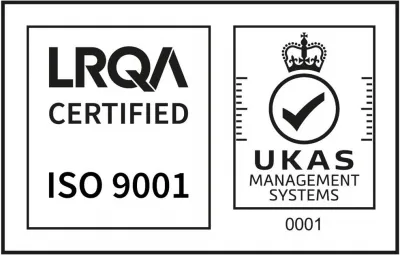
- © 2025 Nufox. All rights reserved |
- Terms & Conditions |
- Privacy Policy |
- Download ISO Certificate | Web Design MadeByShape
